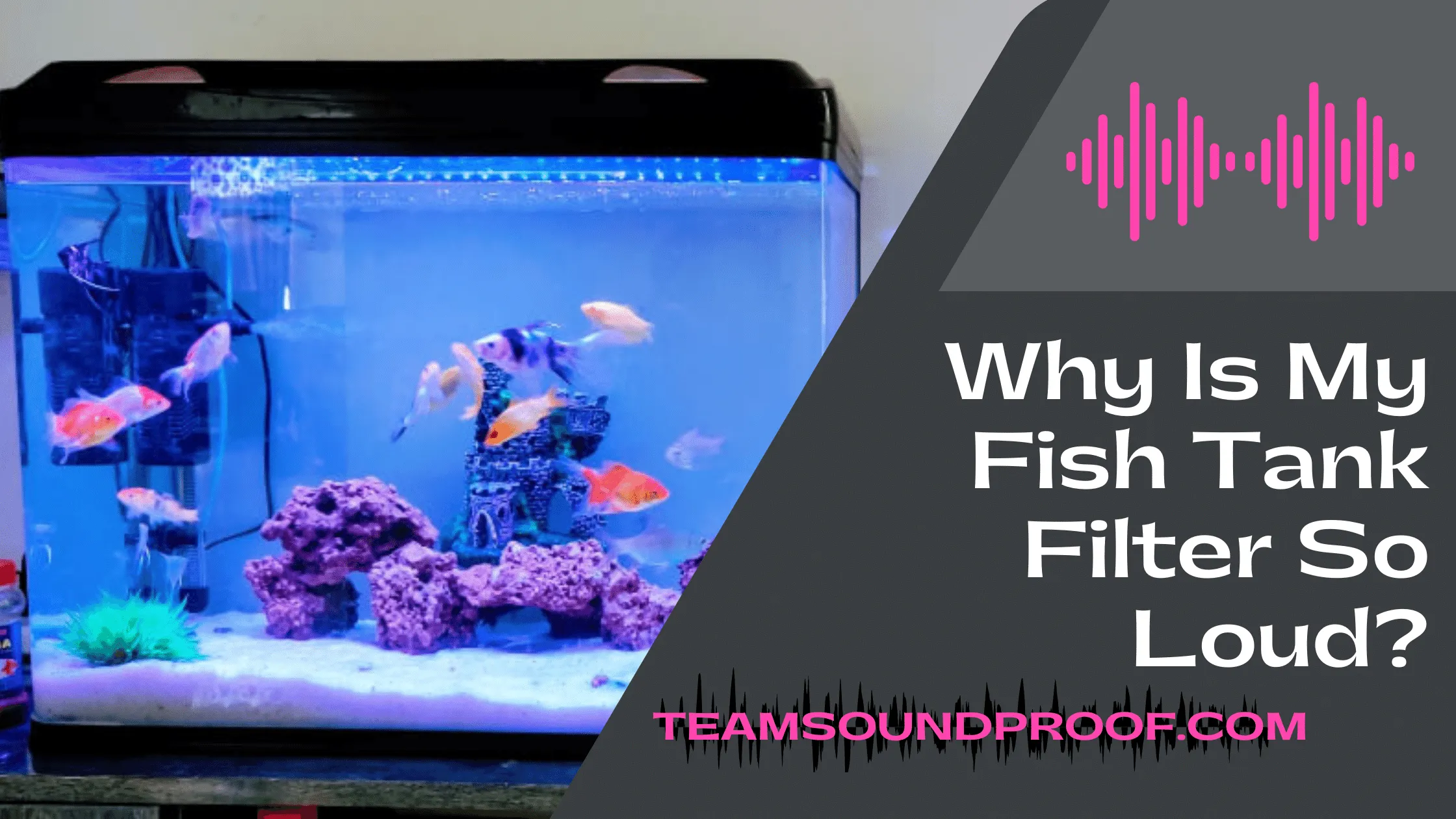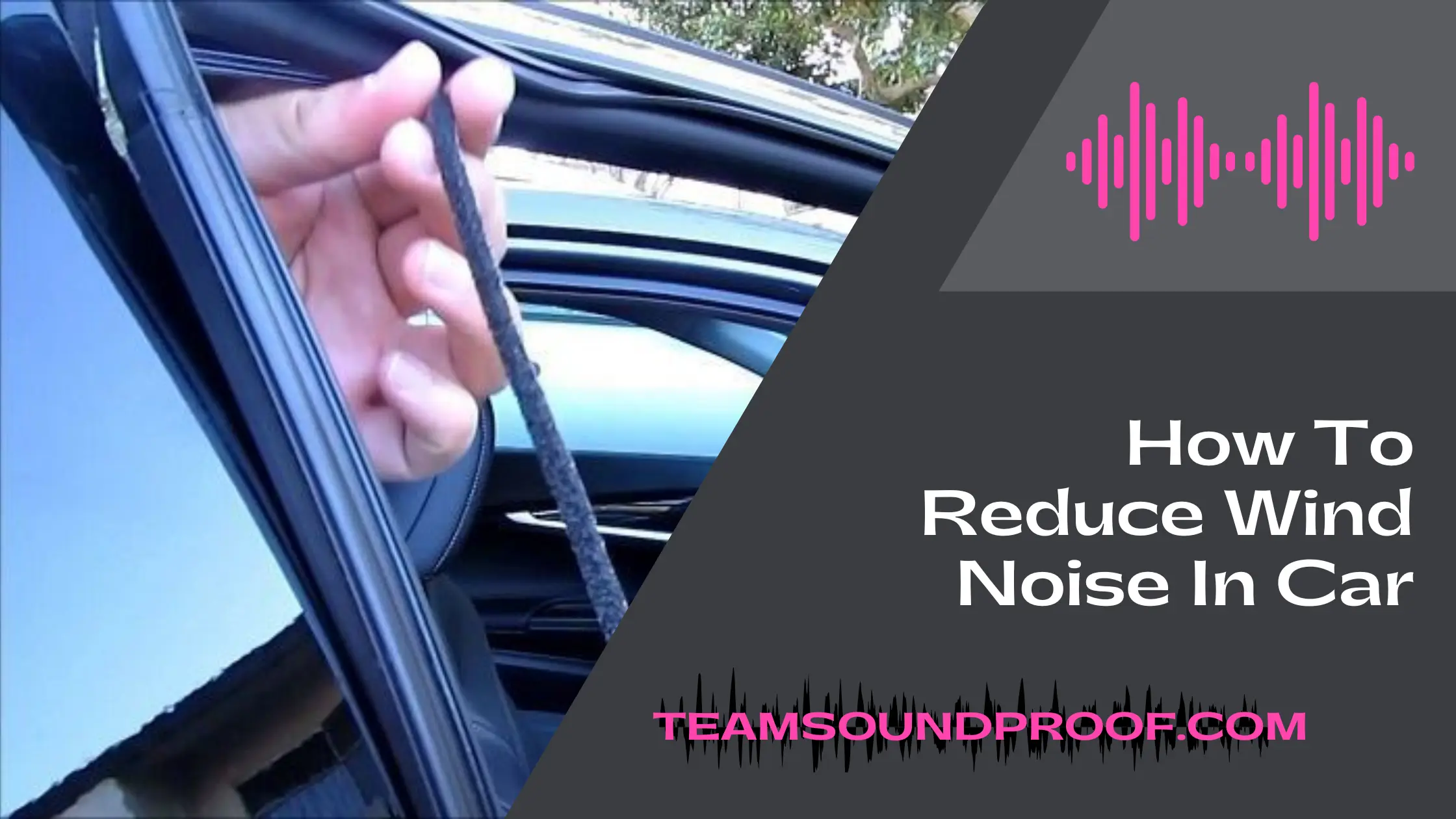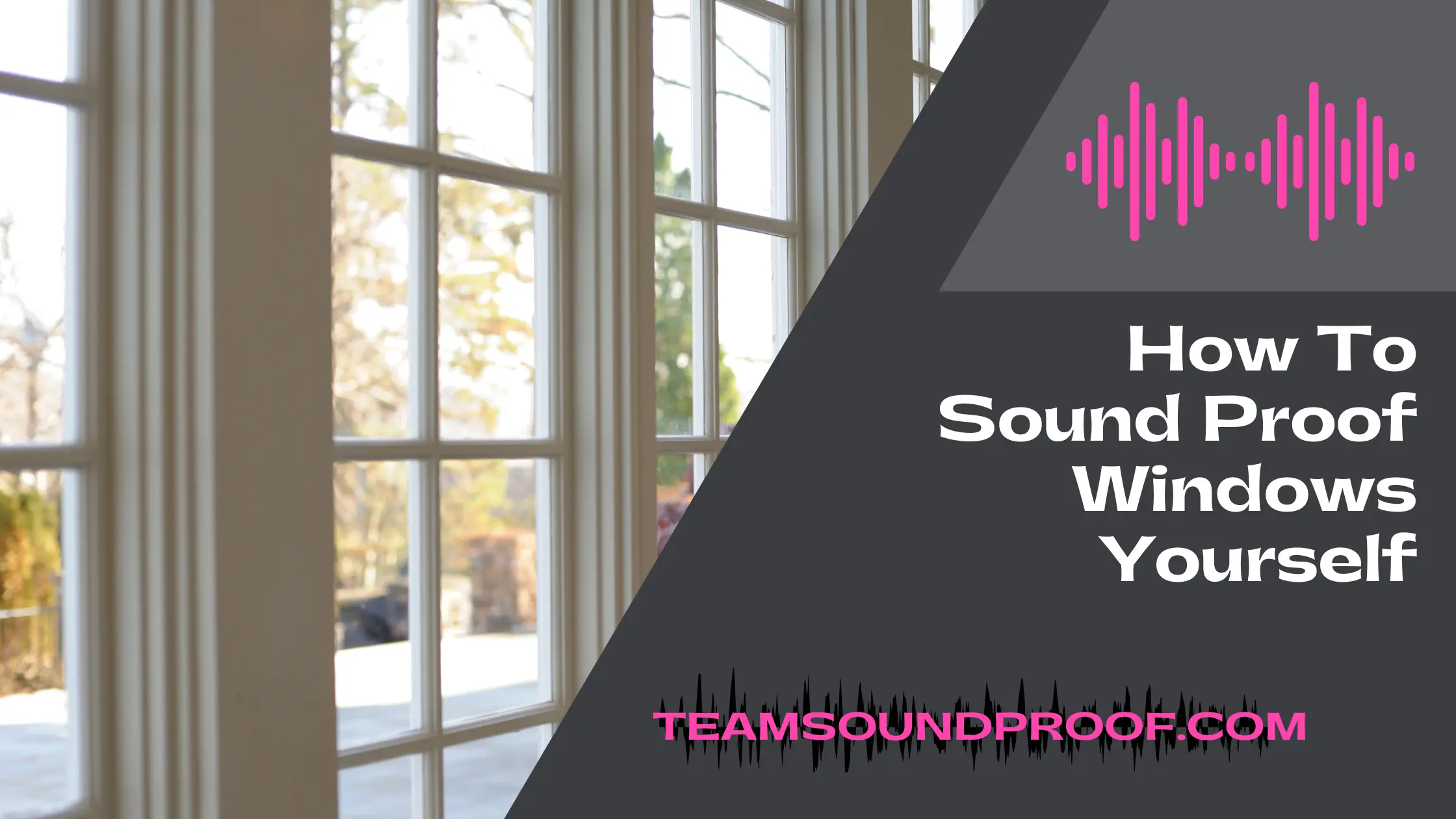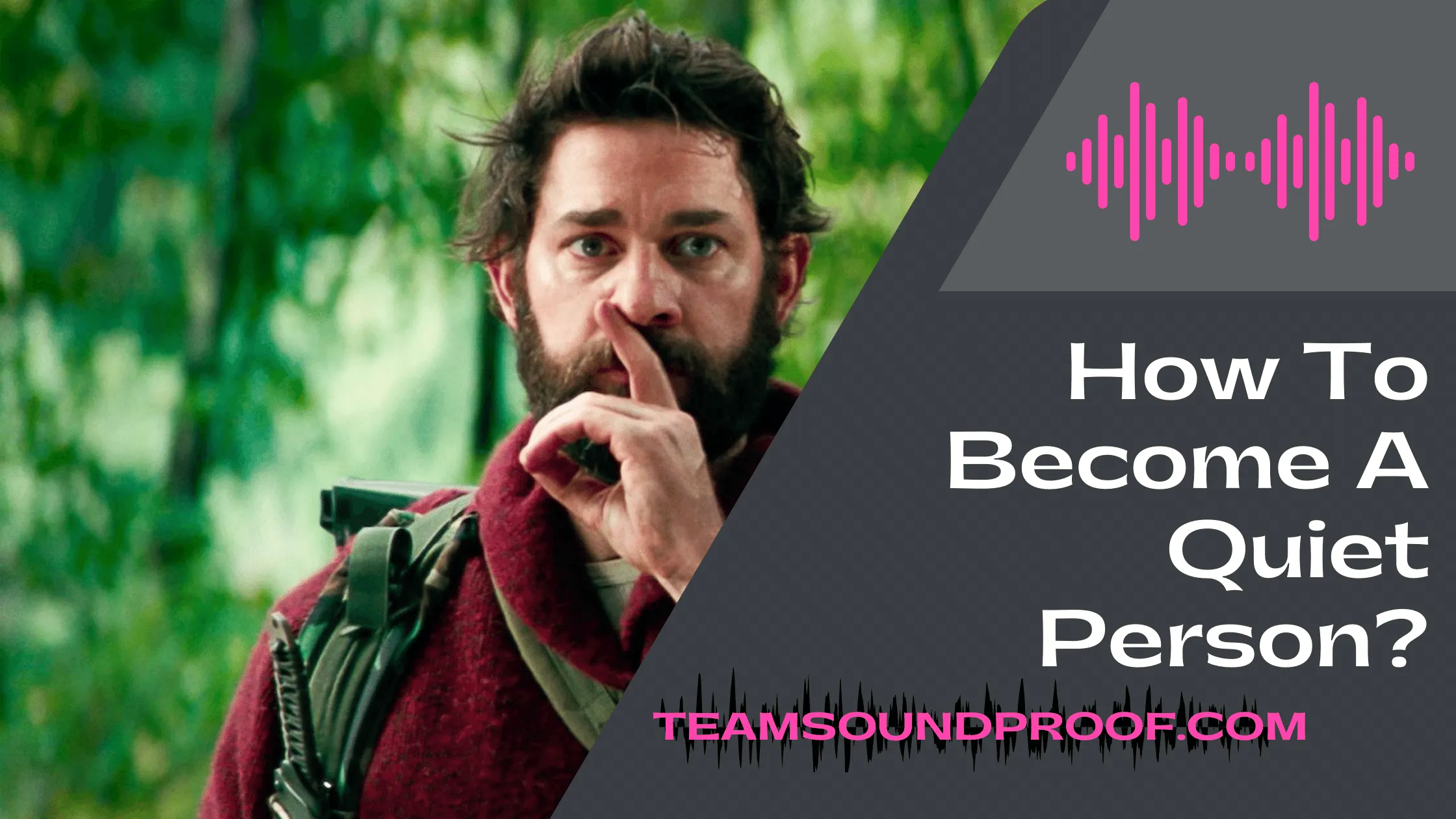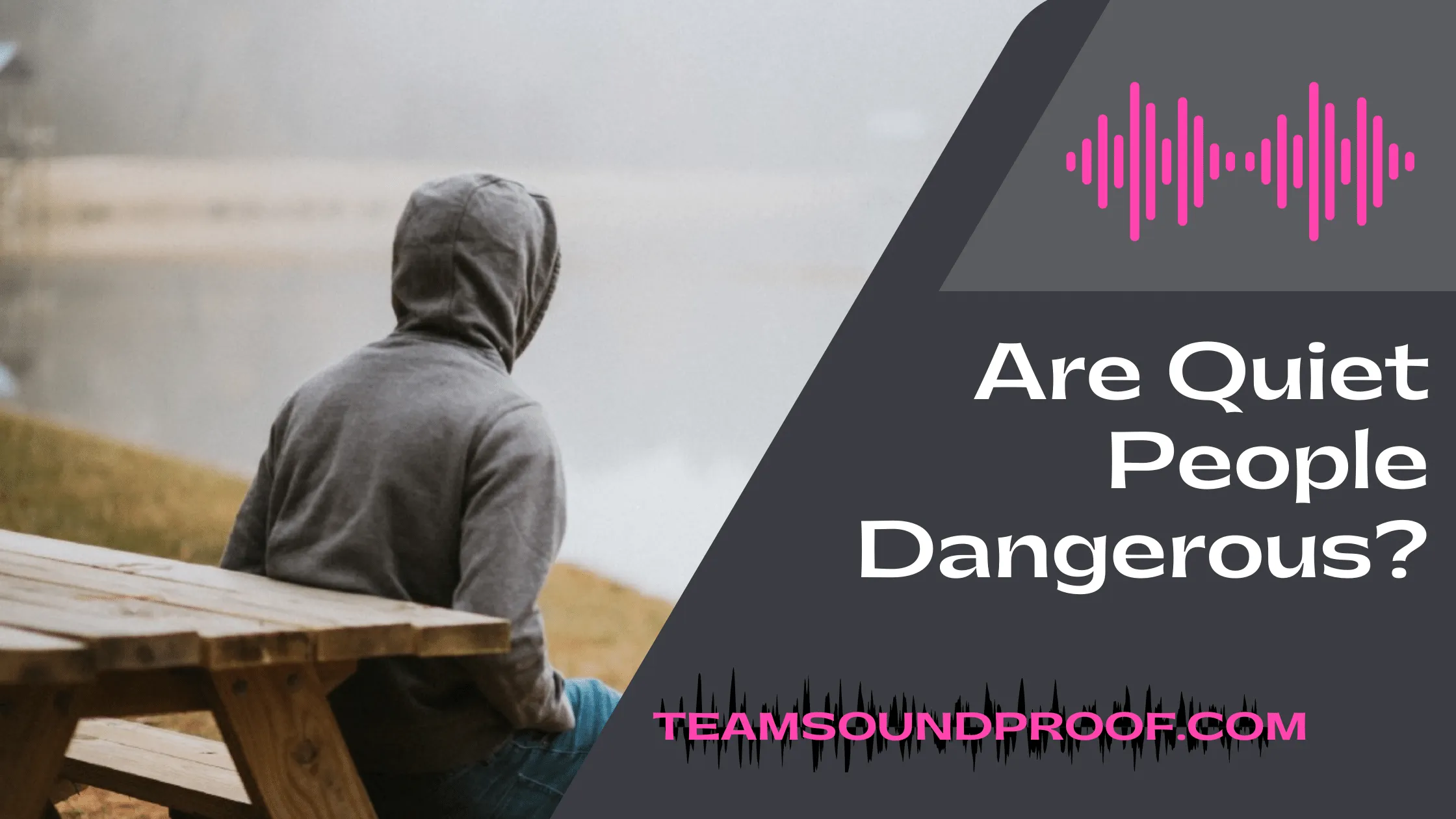Do you live in an apartment and need to find a way to soundproof your space? You’re not alone. Many people who live in apartments face the same problem. The good news is that you can do a few things to soundproof your apartment, one of which is using moving blankets as soundproofing.. Keep reading to learn more about this effective (and affordable) soundproofing option.
What Are Moving Blankets, and What Are They Used For?
Moving blankets, also known as packing blankets, are heavy-duty blankets often used in the moving and storage industry. They are made of thick, durable fabric and are designed to protect furniture and other belongings from scratches, dings, and other damage during transit.
Moving blankets come in various sizes and can be ordered in packs or singles. They are typically priced by the square foot, with larger sizes costing more per square foot. Most moving companies require their customers to use moving blankets when transporting furniture or other large items.
They are used to line the inside of a moving truck and can be placed over furniture or other items to keep them from moving around during transport. Moving blankets can also be used to soundproof a room. When hung on walls or placed on floors, they help to reduce noise levels.
While moving blankets are primarily used for protection and soundproofing, they also have many other uses. They can be used temporarily to prevent heat or cold from entering a room or to keep dust and dirt from coming in. Moving blankets can also be used as a makeshift tent or tarp when camping or picnicking.
Types of Moving Blankets:
There are three types of moving blankets:
Quilted Blankets:
Quilted blankets are made of two layers of fabric sewn together with batting or stuffing in between the fabric. This type of blanket is the most common and is usually the heaviest.
Padded Blankets:
Padded moving blankets have one layer of fabric with a layer of foam padding or batting sandwiched in between the two pieces of fabric. These are not as common as quilted moving blankets, but some people prefer them because they are a bit lighter weight and offer more cushioning.
Non-Quilted Blankets:
NON-quilted moving blankets do not have any batting or foam padding between the layers of fabric; they are just two pieces of fabric sewn together. These are the lightest weight moving blankets and are often used for protecting items that do not need a lot of cushioning, such as lamps and mirrors.
How Can Moving Blankets Be Used as Soundproofing in Your Home or Office Space?
Moving blankets can be used as soundproofing in your home or office space in a few ways.
- One way is to use them to cover an existing wall. If you have an empty room that you want to soundproof, you can build a wall out of moving blankets.
- Another way to use them is by hanging them from the ceiling. Doing this will create a barrier between the noise and the room. You can also use them to help absorb sound within the room.
- Finally, moving blankets can be used to create a sound booth. You can use moving blankets to create a sound booth if you work from home and need a quiet space to make phone calls or record audio. This is also a great option if you want to create a makeshift recording studio.
All you need to do is set up moving blankets around the perimeter
Are There Any Other Benefits to Using Moving Blankets as Soundproofing Material?
Yes! In addition to blocking sound, moving blankets also help to insulate a space and protect furniture from dust and dirt.
Moving blankets are made of a thick, quilted cotton fabric that is designed to absorb noise and vibration. They work best when combined with other soundproofing materials like insulation and acoustic foam. When installed correctly, they can help to reduce noise levels by up to 50%.
Installation is relatively easy and can be done by anyone with basic DIY skills. All you need is a few simple tools and some patience.
How Effective Are Moving Blankets at Blocking out Noise?
Moving blankets are very effective at blocking out noise. They are made of multiple layers of heavyweight cotton or synthetic fiber, and each layer helps to absorb sound. The combination of materials and construction makes them much better at blocking out noise than regular blankets or comforters.
To maximize the noise-blocking ability to move blankets, it’s important to ensure they are tightly sealed around the object you’re trying to protect from noise. You can do this by tucking the blanket’s edges underneath the object or using tape or clamps to keep them in place. If there is any space between the blanket and the object, sound can pass through easily.
Are There Any Downsides to Using Moving Blankets?
Yes! Awareness of the potential downsides of using moving blankets is important.
- The main downside is that they can trap moisture and create a breeding ground for mold and mildew.
- They can also cause respiratory problems if they are not properly ventilated.
- Another problem is that they can generate static electricity, which can cause fires.
- And finally, they are very combustible, so care must be taken when using them around open flames.
Conclusion:
Moving blankets make for an excellent, low-cost way to soundproof a room. By following the tips in this article, you can create a serene oasis that drowns out the outside world and allows you to get a good night’s sleep. If you have any questions about using moving blankets for soundproofing, please don’t hesitate to contact us. We’re always happy to help!
Frequently Asked Questions
What are the tips for using moving blankets as soundproofing?
Here are a few tips for using moving blankets as soundproofing:
- Use multiple layers of moving blankets. The more layers you use, the better the soundproofing will be.
- Hang the moving blankets on walls or doors, or lay them on the floor.
- Seal any gaps around the edges of the moving blankets with tape or another sealant.

